Presentation
This patient has a history of recurrent attacks of rotational vertigo, associated with vomiting. There is also bilateral hearing impairment.
Patient Data


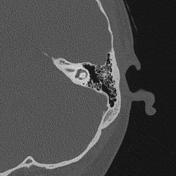

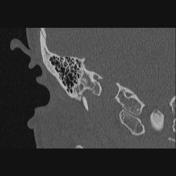

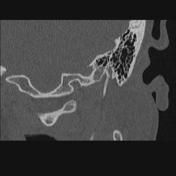

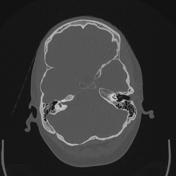

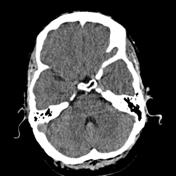

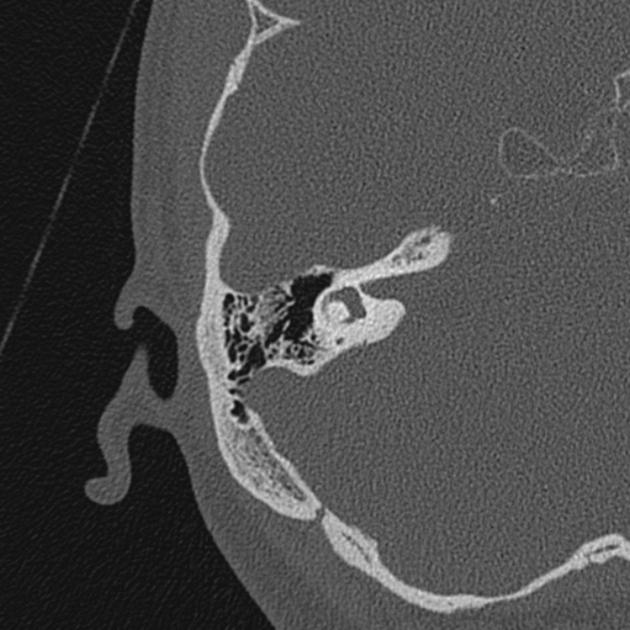
On the left, no vestibular aqueduct aperture is visible at all. On the right, there is a little irregularity of the medial aspect of the temporal bone which may represent a severely narrowed aqueduct opening.
The inner ears appear normal bilaterally.
Case Discussion
This is a "definite" case of Ménière disease according to the American Academy of Otolaryngology-Head and Neck Surgery Committee on Hearing and Equilibrium1 criteria. In addition, CT findings of severely narrowed or absent vestibular aqueduct openings on both sides are supportive.
See Yamane et al.2 for images and useful illustrations.
In contradistinction to these CT features, vestibular aqueducts can be enlarged (normally congenital) as a cause of hearing loss.




 Unable to process the form. Check for errors and try again.
Unable to process the form. Check for errors and try again.